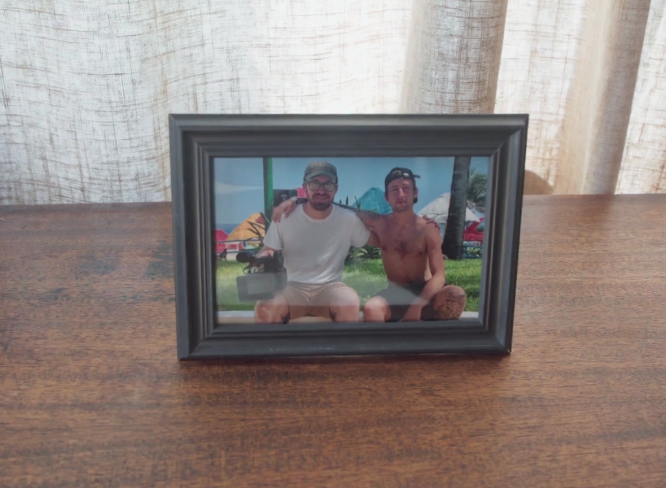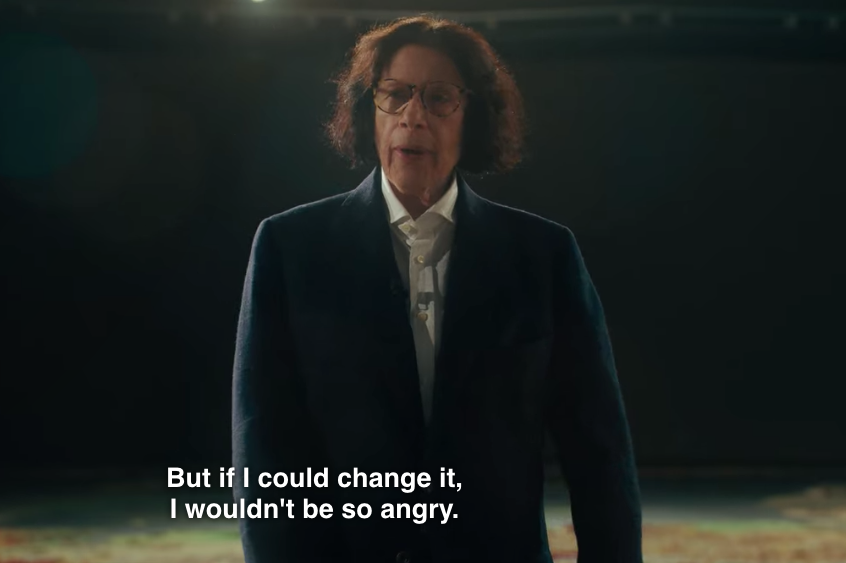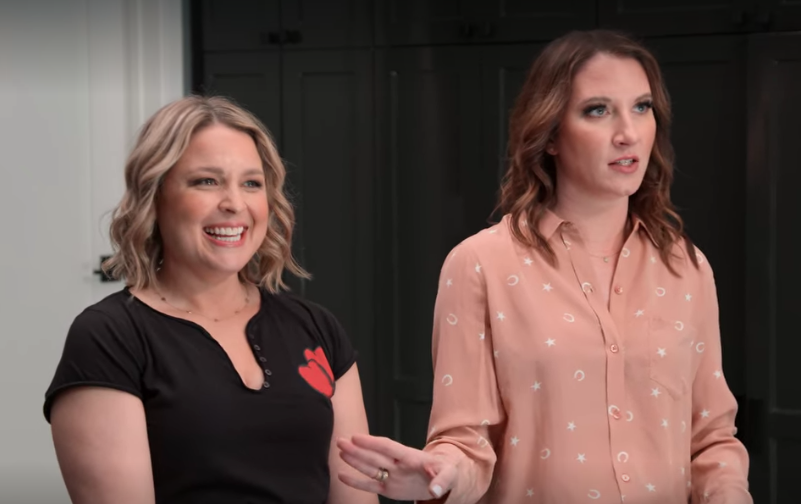HOW TO WITH JOHN WILSON WILL PROBABLY MAKE YOU CRY
- Tahnee

- Mar 11, 2021
- 5 min read
This show is like watching living memes.

There’s a moment in Nathan Fielder’s Nathan For You where the titular Nathan goes on a job interview to show us viewers how confidence is the most important asset you can bring to a prospective employer. The bit is that Nathan can only answer questions with phrases given to him through an earpiece by... a tortoise. Meaning, he doesn’t say a single word throughout the interview. As the interviewer waits for Nathan to verbally introduce himself, he’s understandably puzzled, offering his own name more than once while waiting hopefully for something to come out of Nathan’s mouth. The wait gets so excruciating that the interviewer finally asks “Do you need someone with sign language?” Nathan just slowly acknowledges the interviewer’s question with his face, but doesn’t vocally affirm anything. He’s supposed to be demonstrating confidence, but the scene is unbearably cringey. For a brief instant, you giggle at the absurdity and the balls on Nathan Fielder, but then the mood shifts to one of suspense. Will the interviewer stop the interview? laugh? get angry? He does none of these things, but rather, demurely asks if Nathan needs an interpreter. What was once a high wire act in testing limits quickly devolves into a sad, quivering example of exploiting someone’s oblivious kindness.
This genre of television, a candid camera variety that presents an outsider to unknowing civilians and makes them feel uncomfortable in the name of cringe comedy, is one that I can’t quite pin. I suppose you could call it a guilty pleasure. It usually makes me feel like an omniscient villain and a bamboozler by proxy, but when it’s done right, it can be a deliciously subversive commentary on the ways we contort ourselves to fit into a modern world of social scenarios. A cogitation on schadenfreude...or something. Billy Eichner took the genre and gave it a more energetic spin, adding shouting and money and putting a microphone directly in people’s faces. Sacha Baron Cohen infused the farcicality of clowning and the feverish glee of “catching” political bad eggs at their most heinous. But, Nathan Fielder is the granddaddy of the genre in its most basic distillation, in my opinion, and he has chosen his prodigy in John Wilson, a New York filmmaker whose latest venture has found a home at HBOMax.
How To With John Wilson is a six-episode exploration of New York under the guise of an advice show. Wilson, as described in the boilerplate provided by HBOMax is an “anxious New Yorker” who films New York and its inhabitants piecemeal, and then strings together episodes under an overarching format resembling instructional guidance. But what’s presented as straight forward advice, like “How To Make Small Talk” or “How To Split The Check,” is actually just a lede into a much more complex set of social investigations. Wilson lures you in with a kooky title like “How to Cover Your Furniture” and leaves you with a profound deliberation on preservation and foreskin (seriously). Wilson gained somewhat of a cult following nearly a decade ago when he started piecing together his footage in a How To format on Vimeo. One thing led to another and Fielder saw his work. Fielder (who executive produces the series) brought Wilson and his mounds of footage, collected over years and years, to HBO.
How To With John Wilson is not a show you can watch while doing something else. It’s not background television and that’s because missing a single frame can mean missing a requisite joke or a revelatory metaphor. Watching it is like watching a surprisingly thoughtful meme being created in real time. He captures moments just the way they are, nothing fancy, but then splices them together and compares them in a way you wouldn’t expect. Ironic and arcane images become funny and connected. Again, meme-like. The narration by Wilson (written by himself along with Michael Koman and Alice Gregory) is lovely, but the footage is king. The primacy of unadulterated image over text is evident and speaks to a generation of spectators and voyeurs. It’s a collage, “video quilts” as Wilson puts it in an interview with GQ, of human behavior narrated by one of our most neurotic. A quilt feels like an antiquated symbol for something that feels so modern, but it’s apt. How To is not slick or heavily produced, but in an unexpected way, it feels contemporary.
Because of my hesitation towards cringe comedy, I was admittedly skeptical about How To With John Wilson. I wasn’t sure that I needed to hear more from an awkward white male New Yorker in glasses. I was suspicious of the genre’s inclination to be queasy, but to my surprise, How To offers a simple tenderness and that tenderness is sort of the whole point. The series shares some DNA with Nathan for You, but How To is more awestruck by its findings. Wilson is concerned with what’s in front of him, and he has a keen sensibility for symbolism that lies in the nooks and crannies of an expansive New York. On the other hand, Fielder offers high concept hijinks inside an insular world where it feels like jokes bounce around within the parameters. John is rarely on camera save for his reflection on random mirrored surfaces, where Fielder’s presence is essential, the driving force.
What struck me most is the stillness that Wilson allows for in How To; stillness in conversation, in frame, in thought (deliberate "umms" and "uhhs" are left in the narration). It leaves this profound space and quiet for the viewer to ask themselves why stillness in real life makes us feel so uneasy. Lingering, listening, and providing room serves as an example of generosity. In the first episode, Wilson travels to Cancun to “get some peace and quiet” only to find that his resort is hosting MTV’s Spring Break. He stumbles upon another lone traveler named Chris who speaks in fractured proverbs like “Typical girls, man. Basic, basic, basic.” and “Don’t abide by the bullshit laws that the world has, bro.” Wilson and Chris strike up a peculiar camaraderie over the course of several meetings, culminating in a heartfelt conversation about losing loved ones. This is a common turn in episodes of How To. What starts as happenstance snowballs into catharsis. Wilson takes his time with his acquaintances. He tenderly squeezes them for every last drop, which sort of feels like a lesson in spending quality time with others. With Chris, Wilson asks questions and listens, and the payoff is wrenching. He’s not buzzing towards a punchline, he’s savoring his interactions and hoping for longevity. It makes me wonder what was cut from the initial heaps of film.
In the aforementioned GQ interview, Wilson talks about the people he encounters while patrolling New York City.
“A lot of the time I realize that some people have been waiting their whole life for someone to walk up to them with a camera.” Maybe that’s the key difference between How To and Nathan For You. Nathan is giddy to prove what he already knows about human behavior and his camera gives people pause, whereas Wilson thrives on finding people with something surprising to say who’ve been hoping for a place to say it all along. Wilson’s take is more cushiony, palatable, and the digressions culminate in blooming pathos. There’s no guilt, just pleasure.
“The world is full of people that need to get something off their chest,” Wilson narrates at the end of the premiere episode. He just might be the right guy to take on their burden.



Comments